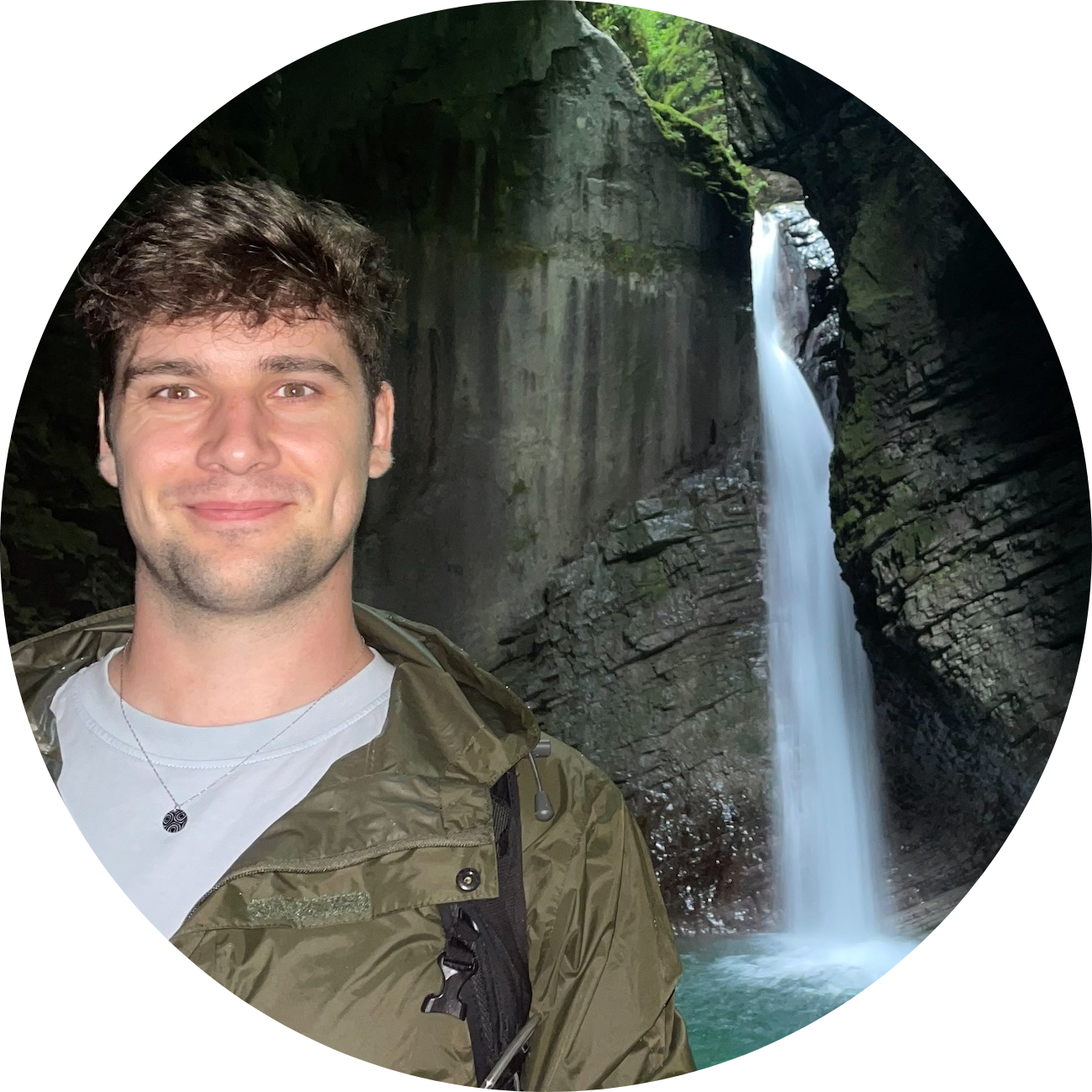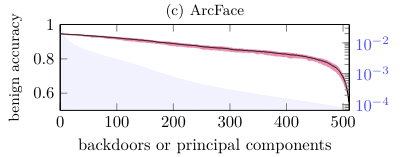About Me

Hi, I’m Matt, a PhD student at the University of Warwick’s Mathematics for Real-World Systems CDT. My research focuses on making machine learning systems more robust, secure, and understandable. I’m driven by a curiosity for understanding how and why deep learning models work, from their core training dynamics to their behaviour in complex, real-world scenarios.
Some of my recent projects and interests include:
- Backdoor and weight manipulation attacks in facial recognition systems
- Reconstructing training data from audio classifiers
- Training dynamics of neural networks
Selected Projects
Variance Dichotomy in Feature Spaces of Facial Recognition Systems
- Published in Transactions on Machine Learning Research (TMLR) (Bowditch et al. 2025).
- Demonstrates that several open-source facial recognition networks (e.g. FaceNet, ArcFace, AdaFace) exhibit a “variance dichotomy” i.e. their learned feature vectors approximately lie in a low-dimensional subspace of the full embedding space.
- Reveals that this structure acts as a weak intrinsic defense against sequentially installed weight manipulation (backdoor) attacks proposed by (Zehavi, Nitzan, and Shamir 2024), where adversaries attempt to anonymise specific identities by directly modifying model parameters without retraining.

- Explores how attackers can circumvent this defense, proposing a modified approach that allows a far greater number of successful backdoors to be installed while maintaining benign accuracy.

Reconstructing Training Data from Audio Classifiers with Diffusion Based Enhancement (Ongoing)
- While generalising effectively to new data, neural networks can retain information from their training examples as a side effect of training.
- This information can be extracted from the parameters of trained models, potentially leaking sensitive data.
- This project use investigates the extent to which training data can be reconstructed from audio classifiers, and whether diffusion models can be used to enhance the quality of these reconstructions.
Education
PhD in Mathematics for Real-World Systems (2023 - Present)
University of Warwick, UKMSc in Mathematics for Real-World Systems (Distinction) (2022 - 2023)
University of Warwick, UKMMath in Mathematics (First Class Honours) (2017 - 2021)
University of Bath, UK
Work Experience
- Customer Data Analyst (2021- 2022)
Screwfix Head Office, Yeovil, UK
Contact
Please feel free to contact me via email: [email protected]
You can also find me on: GitHub